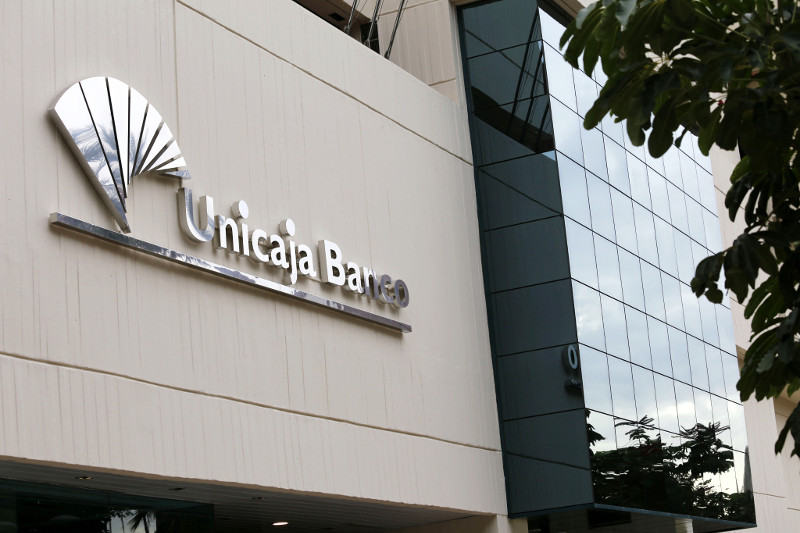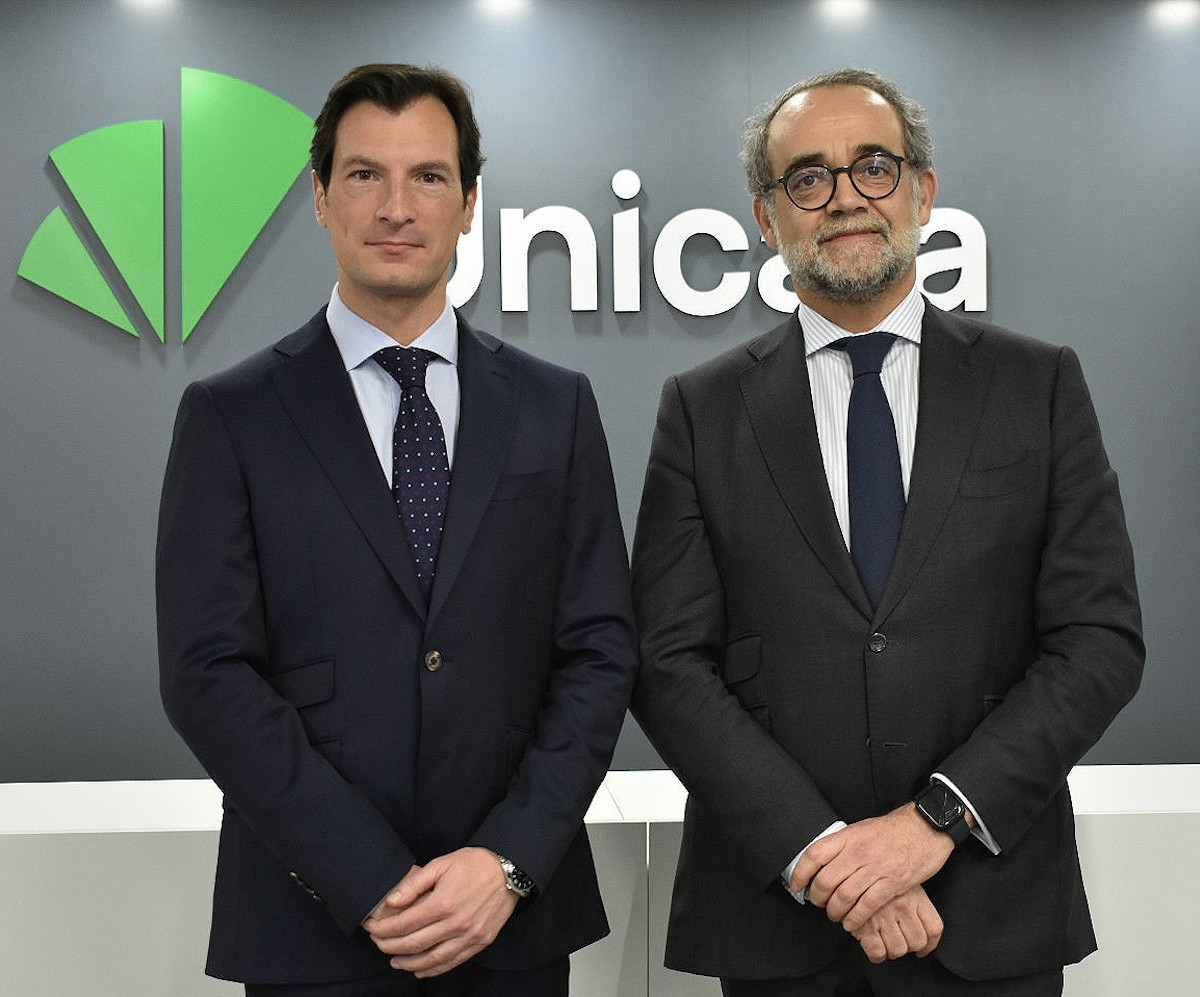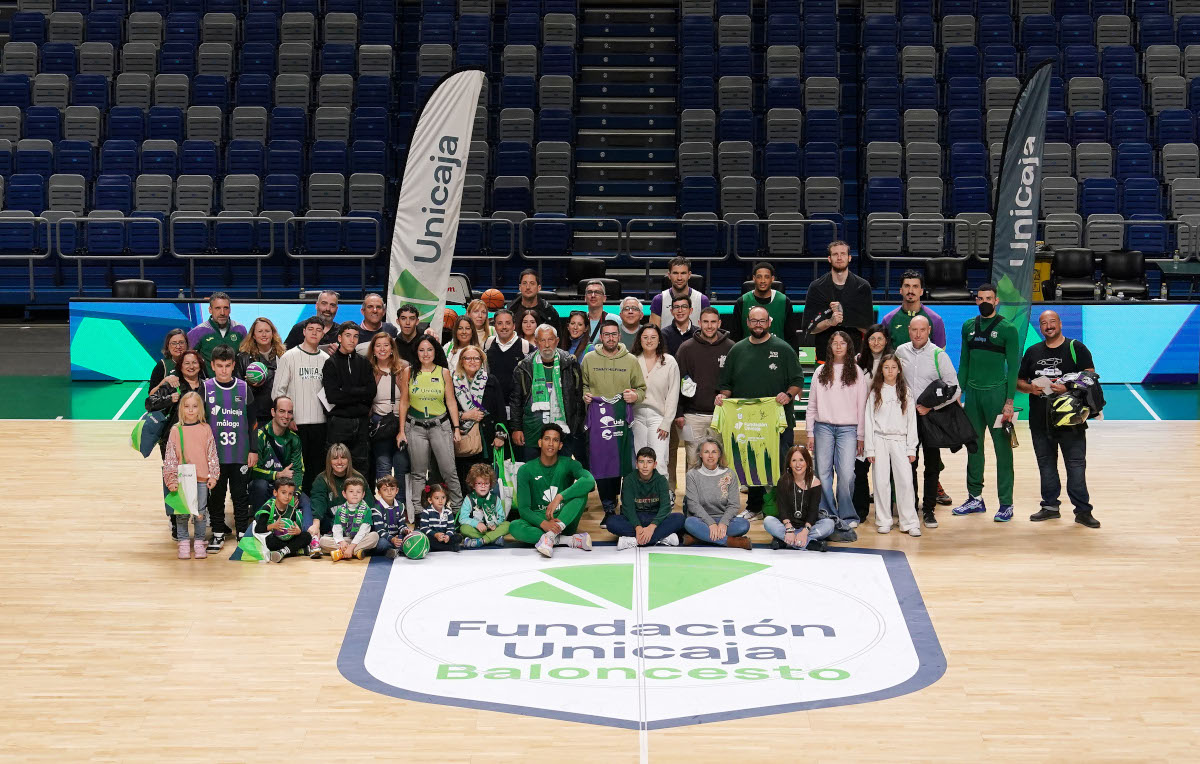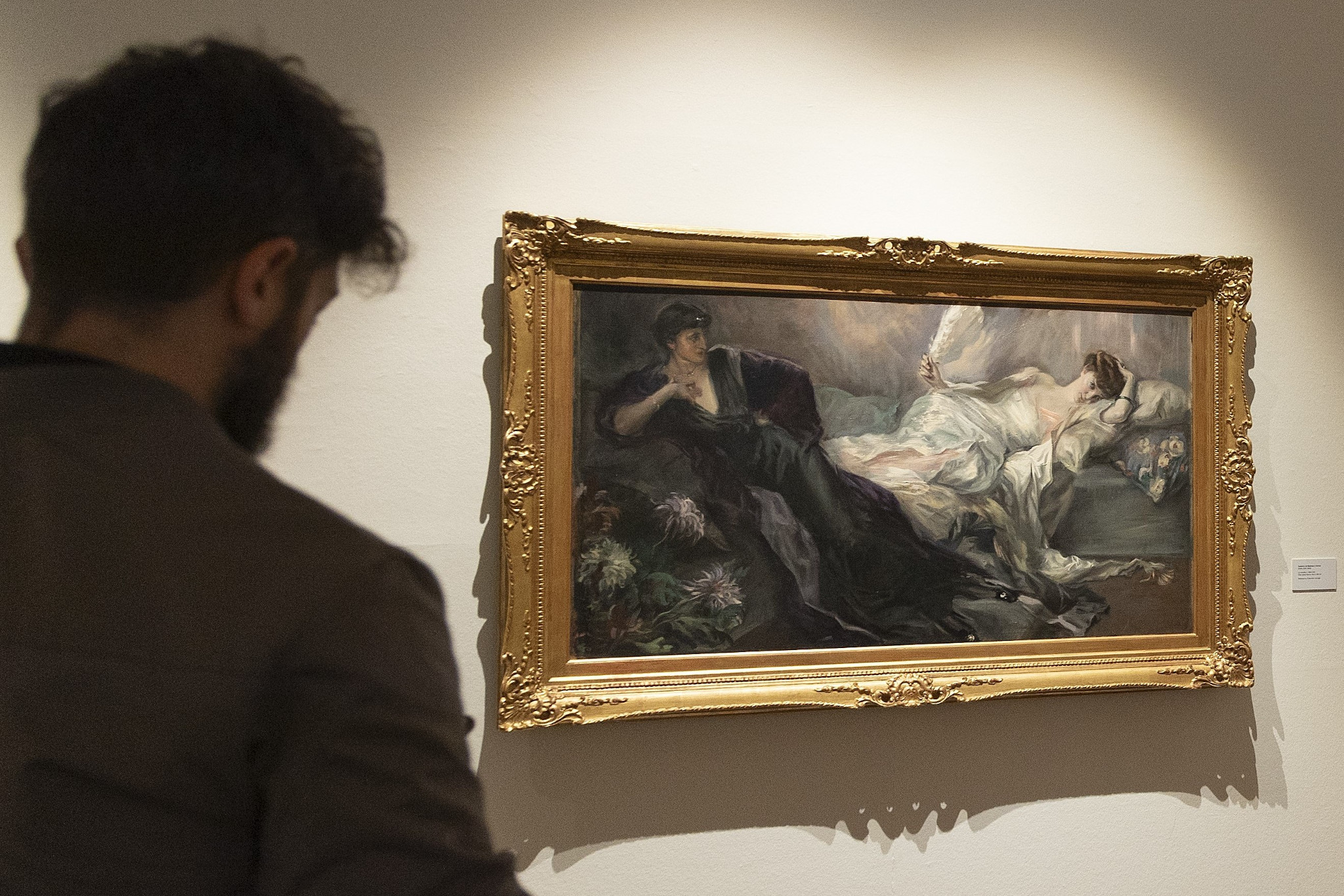Results generation capacity. Net interest income is up 3.1%, up to €601 million, due to the stabilization of transactions that generate recurring revenues, and to lower funding costs, while fee income grew by 2.4% like-for-like.
High solvency and comfortable liquidity position. The CET1 ratio improves by 0.9 p.p. to 15.4%, and remains as one of the highest in the sector. This involves a surplus of €1,674 million over the EBC requirements within the SREP framework and reflects the institution’s high capitalization. Available liquid assets account for nearly a quarter of the total assets.
Growth of the commercial activity. New lending to SMEs and to individuals rose by 21%, whereas retail customer funds from the private sector follow a slightly upwards path, driven by savings insurances and sight deposits.
Decrease in NPAs. The company accelerates the reduction of NPAs, down by 21.7%, while maintaining one of the highest coverage ratios in the sector (57.3%).
Increase of the payout percentage. The Institution’s balance sheet quality and solvency makes it to be two years ahead, in 2018, in the cash payout forecast in the IPO (40% for 2020). This means a dividend of 3.8 euro cents per share, vis-à-vis the 2.1 cents paid against the results of the previous year, a 76% increase.
Grupo Unicaja Banco posts, as of the end of the year 2018, a net profit of €153 million, a 10.2% year-on-year increase. The improvement in the result is driven by an increase in the net interest income of 3.1%, by a decrease of 2.2% in operating expenses and by an important and recurring reduction of the needs for impairments.
Some of the highlights of this period are: i) the improvement in solvency positions; ii) the decrease in NPAs, while maintaining high coverage ratios; iii) the rise in new lending to SMEs and to individuals; and iv) the high and comfortable liquidity position.
Results generation capacity
In 2018, Grupo Unicaja Banco maintained high levels of results generation, which has enabled to reach a net profit of €153 million. The key drivers behind that high capacity to generate results are the improvement in the net interest income, the decrease in operating expenses –within the framework of a policy to improve efficiency-, and the decrease in the needs for provisioning, due to both the fall in NPAs volume and to the high coverage levels achieved.
The net interest income is up 3.1% compared to December 2017, due to the momentum from new lending, which contributes to stabilize income, to the contribution of the debt portfolio and to the decrease in funding costs. The aggregate of net interest income and net fees rose to €820 million (+2.1%), and posts a higher growth (+2.9%) on a like-for-like basis (that is, excluding the integration of the insurance companies Unión Duero Vida and Duero Pensiones carried out in the first quarter of 2018). On those terms, the fee income rose by 2.4% in the mentioned period.
The strict policy of cost rationalization applied by the company has resulted in operating expenses decreasing by 2.2%.
Finally, in the year 2018, Grupo Unicaja Banco has reduced its needs for impairments. The company has allocated to this section €174 million during the year, 23% less than in the same period of 2017. Additionally, the high coverage levels and the ongoing decrease in NPLs have enabled to obtain net recoveries of credit impairment in the year.
Growth of the commercial activity: lending boost and growth in customer funds
The commercial dynamics has enabled, on the one hand, to continue to increase the lending transactions in the segments of individuals and SMEs, and, on the other hand, to continue to increase customer funds, especially through savings insurances and sight accounts.
As for new lending transactions, production reached €3,248 million. In SMEs, a year-on-year growth of 18% has been recorded, whereas in individuals, the new lending grew by 23%, 19% in mortgages and 33% in consumer and other loans. This improvement in lending is accompanied by an increase in its yield. Furthermore, in 2018, new lending transactions to corporates and public administrations have reached €965 million.
The volume of customer funds managed by the Group (without valuation adjustments) reached €55,507 million, in a difficult year for funds management due to the negative evolution of financial markets and its effects on the valuation of assets under management. In this sense, the Institution has combined two strategies: on the one hand, using the high liquidity available, it has followed a prudent approach, especially in the fourth quarter, with regard to the financial conditions for on-balance sheet funds of corporate clients, although it has caused a slight reduction in its balances.
On the other hand, it has covered its customers’ preferences to place their savings in products less subject to market volatility, such as sight accounts or savings insurances. This has resulted in a 7.7% increase in sight accounts and of 15.6% in savings insurances, as well as in a decrease of mutual funds and term deposits and in public sector. All of the previous has involved an increase of 0.2% in on-balance sheet funds, and a decrease of 0.9% in off-balance sheet funds and insurances, which places total customer funds practically in the same levels as at the beginning of the year. However, if the effect of the market evolution in mutual funds is disregarded, customer funds would grow by around 1%. Retail customer funds from the private sector grow slightly (0.1% more year-on-year), driven by savings insurances and sight deposits.
Fall in NPAs and high coverage
It is important to remark the persistent and accelerated reduction of NPAs (NPLs plus foreclosed real estate assets), which have fallen by €995 million (21.7%) over the last 12 months, with net decreases of €785 million in NPLs (-29.0%) and of €210 million in foreclosed assets (-11.2%). The balance of the Group’s NPLs at the end the year fell to €1,926 million, and that of foreclosed assets, to €1,661 million. The fall in NPLs results in a decrease of 2.0 p.p. in the NPL ratio, down to 6.7%.
Likewise, Grupo Unicaja Banco’s coverage ratios are among the highest in the sector. NPA coverage stood at 57.3% as at the end of December 2018; non-performing loans coverage, at 53.0% and foreclosed assets coverage, at 62.2%.
So, the balance of NPAs, net of provisions, stood at €1,533 million, what represents 2.7% of the Group’s total assets as at the end of December 2018, vis-à-vis the 3.6% of the end of December 2017, involving a 0.9 p.p. decrease.
Strong solvency allowing a higher dividend distribution, and comfortable liquidity position
In terms of solvency, as at the end of December 2018, Grupo Unicaja Banco had a CET1 ratio of 15.4%, and a total capital ratio of 15.7%, among the highest in the sector and with a year-on-year increase of 0.9 p.p. and 0.6 p.p. respectively.
In fully loaded terms (once the transitional period of the solvency regulations has expired), Unicaja Banco has a CET1 ratio of 13.5% and a total capital ratio of 13.7%. This represents a year-on-year increase of 0.7 p.p. in the CET1 ratio and of 0.4 p.p. in the total capital ratio.
These ratios are well in excess of the requirements set by the ECB within the SREP framework for 2018, which places the CET1 ratio for Unicaja Banco in 8.125%, and the total capital in 11.625%. Therefore, the Group has a surplus of 732 bps above the CET1 requirements, equivalent to €1,674 million, and of 403 bps above the overall capital requirements, equivalent to €922 million, what reflects the high capitalization of the company. In both cases, there is a year-on-year increase in the surplus (7.2% and 10.7% respectively).
The Institution’s balance sheet quality and solvency allow to consider the submission for approval at the next Annual General Meeting of Shareholders, of a proposal for a cash payout of 40% of the Group’s net profit, two years ahead of time with regard to the outlook set for 2020 in the IPO. This will result in the distribution to shareholders of a total dividend cash payout of €61 million, vis-à-vis the €34.6 million distributed in the year 2017, equivalent to 3.8 euro cents per share, in comparison with the 2.1 euro cents paid in the previous year, a 76% increase.
Unicaja Banco maintains solid and excellent liquidity positions, as well as a high degree of financial autonomy.
The available liquid assets (public debt mainly) and discountable at the ECB, net of the used assets, amount to €13,939 million as at the end of December 2018, representing 24.2% of the Group’s total balance sheet. Likewise, customer funds with which the company finances itself exceed largely its lending, as reflected by the loan to deposit (LTD) ratio, which stands at 73%.
Digitalization and commercial dynamism plans
During 2018 Unicaja Banco has continued with the development and implementation of its Business Plan 2017-2020, which includes, among others, digitalization plans and plans for the boost of the commercial activity, designed with focus on the customer.
Within the framework of the Digitalization Plan in force, 2018 has seen an ongoing increase in the number of digital customers, which represent nearly 30% of the total. Currently, 67% of the total of financial transactions and customer consults are made through e-banking channels, 22% at branches and 11% in ATMs.
In this year, the Institution has continued with its digitalization process, strengthening the functionalities of the online channels, developed with advanced technologies, such as the launch of the mobile payment service, to pay in shops directly with the smartphone, or access to Unicaja Banco’s mobile app via biometric identification (fingerprint and, in certain smartphone models, facial recognition), as well as the increase in specific products for digital channels. Unicaja Banco has extended in 2018 the functionalities offered through the mobile payment solution Bizum, to allow customers to make direct payments to NGOs.
Also, in the last months of 2018, Unicaja Banco’s new commercial website has been launched, with a responsive design (multi-device) focused on the needs of customers and managed with the latest technology, pioneer in applying a cloud-based content manager. A plan to change navigation in ATMs also started in 2018. Together with the plan to renew ATMs, this change aims at a more agile and customized operation. The boost to new systems to improve customer service in the subscription of products must also be remarked. The project to renew the private website for customers is currently under development.
Likewise, Unicaja Banco continues advancing in the development of blockchain solutions, within the Niuron Consortium, which has developed in 2018 a platform for digital identification of physical persons and prevention of money-laundering (MVP), under the security and agility parameters which are characteristic of this new technology, and with new use cases in 2019 to accelerate the development of this platform.
With regard to the commercial dynamism plan, with the purpose of boosting the commercial activity, a new commercial systematics has been launched at branches, aimed at maximizing efficiency and productivity. The improvements implemented to increase the number and linkage of companies, as well as the establishment of a new model of consumer loans with new products and differentiated prizes are to be remarked. In 2018, it is also worth to mention, with regard to off-balance sheet customer funds, the review and adaptation of the product portfolio, giving customers a wider and more diversified offer. In relation to insurances, the management of the network of branches has been reinforced with the appointment of specialized technical teams in each area.
Other actions in 2018
With regard to personnel, Unicaja Banco has continued in 2018 with the training of its staff to get the certifications in financial advice and marketing, in compliance with the MiFID II directive. In this sense, a high percentage of Unicaja Banco employees related to the sale of financial products (80%) have already achieved the said certifications.
On the other hand, the institution has closed, at the end of the year, with the majority support of the trade unions, the labor bargaining agreement for all of the bank’s staff, developed for efficiency reasons and in line with the sector. This agreement regulates a process of voluntary and progressive exits via early retirements and voluntary redundancies to be gradually implemented in three years, as well as the establishment of criteria for the application of internal flexibility measures.
With regard to the integration of EspañaDuero, in September 2018, Grupo Unicaja Banco completed the merger by absorption of its subsidiary EspañaDuero (legal merger and IT integration of the subsidiary), complying with one more milestone in its roadmap, allowing the Institution to continue to advance in the direction set by its Strategic Plan 2017-2020, linked to its home regions, where Andalusia and Castilla y León are to be highlighted, where it is market leader.
CSR
The Institution has continued to develop actions in the exercise of its Corporate Social Responsibility (CSR), such as:
(i) The renewal of its participation in the Social Housing Fund (Fondo Social de Viviendas), which has extended its validity, in general, until January 2020. Unicaja Banco has provided 375 dwellings to the said Fund.
(ii) The renewal and extension of its certificate of environmental management quality to the new standard ISO 14001 (2015), reflecting the Institution’s sensitivity and respect to the environment, as well as its commitment to contribute to sustainable development.
(iii) The agreement entered into in September 2018 with UN’s UNITAR agency, to provide economic support to the International Training Center for Authorities and Leaders (CIFAL, Centro Internacional de Formación de Autoridades y Líderes), to contribute to the launch of actions to promote social inclusion and sustainable development.
(iv) The maintenance of the actions related to business fabric and to entrepreneurs and business owners, through the competitive offer of financial products adapted to their needs, the establishment of alliances with organizations which group businesses and professionals, and the development, within the framework of the Edufinet Project, of training workshops specifically addressed to these groups.



